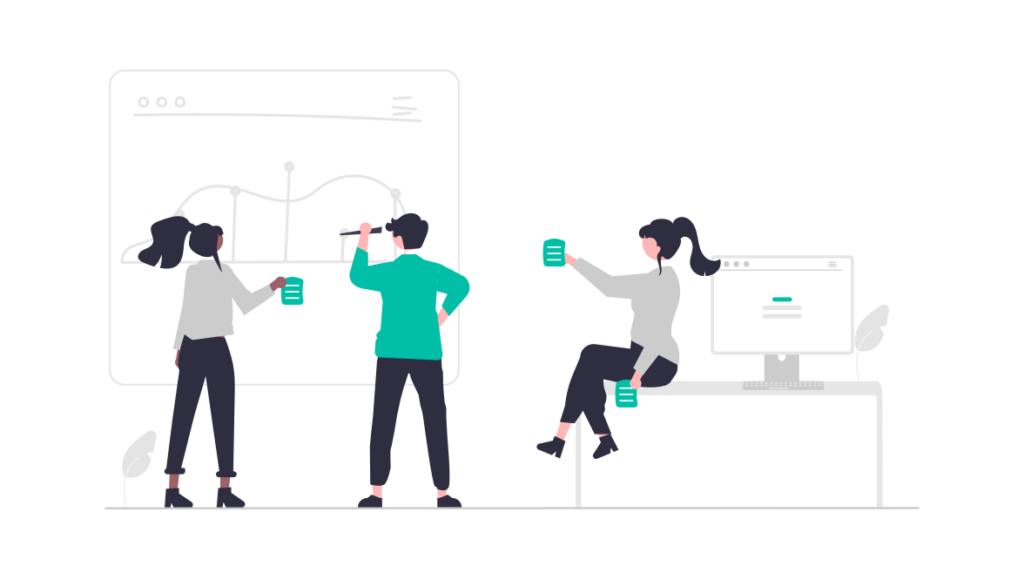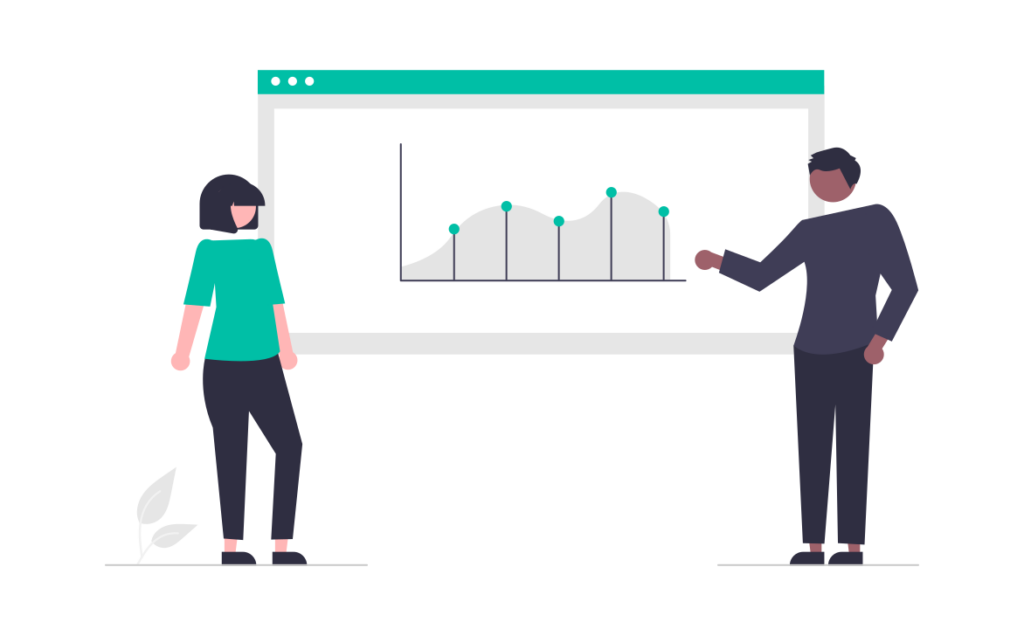Successful Marketing Strategies for Growth Stage

As you’re hitting the growth stage for your business, you’ll be thinking carefully about how to redirect marketing efforts to scale efficiently. It’s an extremely exciting time for your business and you’ll be worried about making the most of it – winning customers, growing your market share, and increasing your profitability.
Startup and scale-up marketing is something we know a lot about. We’ve written before about how much startups should spend on marketing and go to market strategies. In this blog we’re going to discuss marketing strategies for the growth stage of the product lifecycle and how you can implement them.
What is the Growth Stage of the Product Lifecycle?
There are some variations in how the product lifecycle is described but in this article we’re going to follow the outline preferred by HubSpot.
The main stages are as follows:
Stage 1: Development
This is the time spent researching and understanding the market, concepting and designing your product, and developing prototypes and eventually an MVP. It’s an exciting time, because it’s a deeply creative one, but can also be worrying because you don’t yet have any clear evidence for how the product will be received. It can last years, in some cases. Once you have an MVP you’ll move to the next phase.
Stage 2: Introduction
This is where you begin introducing your product to the market. You’ll be getting small numbers of users in, potentially in closed or open beta, and making product iterations in response to user feedback. The volume of customers will be low because you’ll have low brand awareness and, most likely, you’ll want to keep demand controlled while you test and learn.
Stage 3: Growth
This is the stage we’re covering today. It’s when you have proved that the market has appetite for your product and you’ve got useful test data from early users. You’re ready to start spending money to acquire customers at scale, gather market share and increase revenue. You may even see new competitors pop up in the growth stage as they see the success you’re having.
Stage 4: Maturity
This is when you begin to see a slow levelling off from the expansive growth you’ve experienced before. You’re reaching maturity as a business, with established market share and some competitors jostling with you for position. Companies at this stage have learned a great deal about their market and customers, and should be operating fairly efficiently. Due to the competition they may start trying to differentiate themselves by price, product innovation or with different marketing messages.
Stage 5: Saturation
Saturation is when you are seeing a steady stream of revenue from your established market position, without much growth or decline each year. Brand awareness is very high, and a lot of your marketing efforts will be about maintaining it. Many companies stay at this stage for years or decades, if they continually innovate in product, customer service or marketing.
Stage 6: Decline
For many businesses that don’t successfully manage the saturation phase, they’ll begin to see a decline. If the product falls behind the competition in terms of features or price, or the world moves on from the original problem you were solving, or you fail to invest in brand marketing, it’s likely the business will start to decline in revenue and market share.
What is the Objective of Marketing at the Growth Stage?
So, those are the 6 main product lifecycle stages. It’s clear that stage 3, growth, is a highly important stage, somewhat make-or-break.
It’s the stage at which your company should see its fastest increase in customers and revenue. It should be a fast-based, exciting and innovative environment where product and marketing innovations are coming in at pace.
So what is the main marketing objective at this stage? While there are many different situations – bootstrapped companies, for example, will treat this stage differently from well-funded companies. A bootstrapped company will want to maintain profitability, whereas a well-funded company will care less about profit and more about growth.
As a general rule of thumb, we suggest your objective should be:
Grow as fast as you can, as sustainably as you can, without sacrificing customer experience.
You should win new customers and market share at the highest possible rate without A) putting yourself in a vulnerable profitability/cash position or B) burning through your runway and spending valuable reserves/product development capital.
And you should do this without sacrificing customer experience. If your rapid growth means customers get poorer service, in the long run your reputation will plummet and you’ll fail.
What Marketing Strategy Should you use for the Growth Stage?
With that as your objective, how should you approach growth?
It’s important here to understand the difference between strategy and tactics when it comes to marketing.
Strategy = the broad approach to meet your objectives. The audience you’ll target, the channels you’ll use, the positioning and value proposition you will try to communicate.
Tactics = how you execute that strategy. The creative types you’ll produce, the media buying approaches you’ll use, the experiments and tests you’ll run.
At Growth Division we divide our approach to marketing in the growth stage into two phases:
Phase 1 – Marketing Readiness
In this phase you should plan your go-to-market strategy. You should identify what your main target audience segments are, you should sketch out your marketing funnel and customer journey map. You should choose which channels you want to test (we use the Bullseye Framework for this) and establish your starting budgets, which should carefully bare in mind your target customer acquisition costs and projected lifestyle customer value. You should also research and set-up the martech and sales tools you’ll be using, from CRM to analytics.
The idea of marketing readiness is to have clear thinking across the organisation, so you don’t have a scatter-shot approach when you move into execution.
Phase 2: Marketing Execution
After you’ve planned things out this is where you move into execution. We recommend a continuous process of test-and-learn experiments at every level:
-Audience – you should be testing your hypothesised audience segments to see which perform best in terms of acquisition costs and value to the business
-Messaging – you should test different messaging approaches to see which work and which don’t
-Channel mix – you should be be keeping a careful eye on the data to ensure your channel mix is correct and doing what it needs to. Adjust budgets and monitor results accordingly. Be careful though – don’t get drawn into seeing the channels as competing against each other. The channel with the lowest CAC may simply be hoovering up demand from your brand-awareness channels, and without that upper funnel activity it may not work at all. Over longer periods of time you can use marketing mix econometric analysis to see what your best spend profile should be.
-Channel execution – you should be running experiments within each channel, finding new ways to improve performance in terms of campaign structure, ad buying approaches, sequencing and frequency, creative assets.
Throughout all of this, you should remain customer-centric at all times. Constantly think about what your customers need in terms of product, service and messaging. With that in mind, it’s far harder to go wrong.
Talk to a Growth Advisor
We create a clear, focused marketing strategy by combining our expertise with your knowledge of your business.
Related Posts

Understanding the Meaning of Scaling Growth
Discover the true essence of scaling growth and its impact on businesses.

What Is Internal Growth?
Internal growth is a vital concept in the business world, encompassing the various strategies and tactics employed by companies...

What is B2B Growth Marketing And Why It’s Vital In 2024
What is B2B Growth Marketing? Business to Business (B2B) growth marketing is a strategic approach for promoting growth in...
